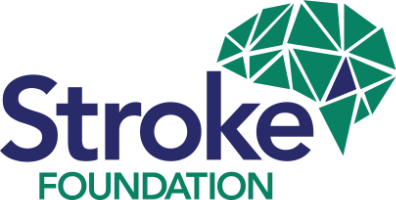New report highlights number of strokes hits all-time high
New national data has revealed the number of Aussies having strokes is the greatest it has been in more than two decades, and projections are showing it is only going to get worse if immediate action is not taken.
Released today, the Stroke Foundation’s Economic Impact of Stroke Report found that in 2023, 45,785 Australians experienced a stroke; that’s one stroke every 11 minutes. The report, completed by Monash University, found that close to half a million survivors of stroke are living in the Australian community and there were 34,793 people experienced a stroke for the first time.
Stroke Foundation Chief Executive Officer, Dr Lisa Murphy, says there is no time to waste when it comes to fighting stroke. “We expect to see the number of strokes increasing as the population increases and ages, but what the raw data is telling us is that Australia needs to act now and act boldly to make significant changes to the state of stroke in our country.”
The report forecasts that by 2050, the number of strokes per year will soar to 72,000. “This projection is a worrying reality if we do not address the rising tide of modifiable stroke risk factors and improve stroke prevention for all Australians,” Dr Murphy said. “Not only is stroke costing Australians their lives and livelihoods, it is putting pressure on our health system and economy.”
The costs associated with stroke in 2023 were over $15.7 billion over a lifetime; more than $350,000 per person. This includes $5.5 billion in healthcare costs, $6.3 billion in costs related to lost productivity in the workplace and at home, and $3.3 billion in costs related to the provision of informal care.
The modelling identifies when considering the first-year cost ($7.7 billion) and the identified stroke costs of the National Disability Insurance Scheme (NDIS) ($1.3 billion), the annual cost of stroke to the Australian economy is $9 billion.
While there has been significant progress in stroke treatment over the past two decades, the Economic Impact of Stroke Report shows significant and ongoing investment is needed to reduce the burden of stroke on Australia’s health system and economy. It highlights where cost savings can be made including $26 million through improvements in provision of acute care, $315 million by improving the rate of uncontrolled hypertension and $118 million by improving access to community rehabilitation services.
“I am so excited and proud to launch this report. It is a pivotal document for informing conversations and decision-making about the allocation of resources to improve the prevention, treatment and management of stroke in Australia. It will inform all Australians, governments, administrators, health professionals, researchers, and the stroke community with lived experience, on the actions required to enhance stroke prevention, treatment and recovery,” Dr Murphy said.
The report could not be delivered without the generous support of our sponsors Boehringer Ingelheim, the Angels Initiative and Medtronic; and donations made by the public to the Stroke Foundation.
